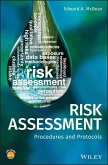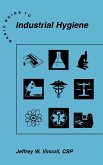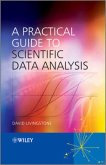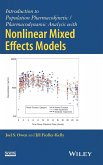Marketing and regulatory pressures are driving laboratories to adopt statistically valid quality control or quality assurance systems. For the laboratory professional who's unfamiliar with the statistical tools used in laboratory quality control, Basic Statistics for Laboratories offers guidance to employing basic statistical controls or reports required by regulatory or accrediting organizations, as well as statistical methods which may otherwise be useful in the lab. The book explains, in basic terms, how to set up, maintain, and interpret control charts and other commonly used laboratory statistical tools, and explains their value to the user. Every technique is delivered in its simplest, most basic form. There is step-by-step guidance to method development, validation, comparison of test methods, and quality control for even small samples, without the use of mathematics beyond the high school level. Tests for the significance of differences, presented in "cookbook" format solutions, make it easy for lab professionals to plug in their own data and use tables. You'll also find exclusive coverage of the problems of asbestos counting laboratories. In addition, the volume presents simple solutions to other problems involving data handling and interpretation, such as the treatment of outliers and how to deal with single or rarely encountered samples. For analysts, test engineers, and laboratory technicians in medical, pathological, environmental, industrial hygiene, and forensic laboratories, Basic Statistics for Laboratories is a timely and essential reference.








